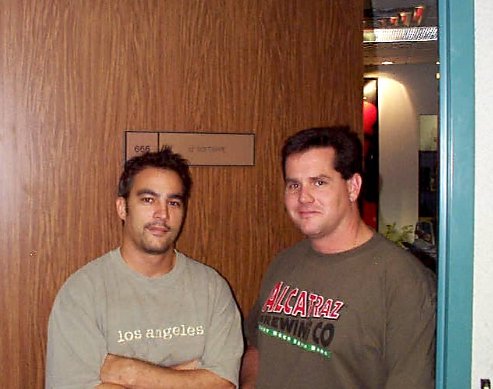lostin3d
[H]ard|Gawd
- Joined
- Oct 13, 2016
- Messages
- 2,043
I do have to agree with you guys about how SLI scaling has really dropped off the edge of the world. Using 2 cards to at most maybe 25% with a realistic number being closer to 10-20% isn't cost effective in any sense. On the other hand, a single 1080TI is just so close, so often, to that sweet 60fps/4k spot with everything cranked that the 1080SLI's actually do get you there. Not cost effective but they do help.
I really have to give you guys the props for actual testing and metrics. I just tinker for heck of it so by no means are my numbers as credible as yours. Thanks for all the hard work and time.
I really have to give you guys the props for actual testing and metrics. I just tinker for heck of it so by no means are my numbers as credible as yours. Thanks for all the hard work and time.
![[H]ard|Forum](/styles/hardforum/xenforo/logo_dark.png)
